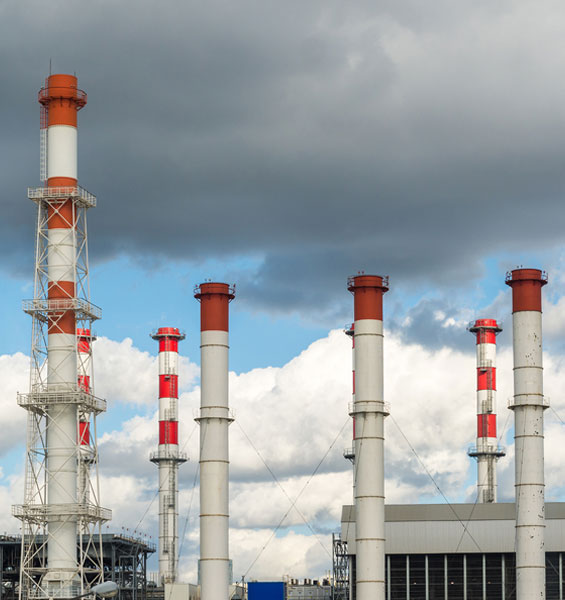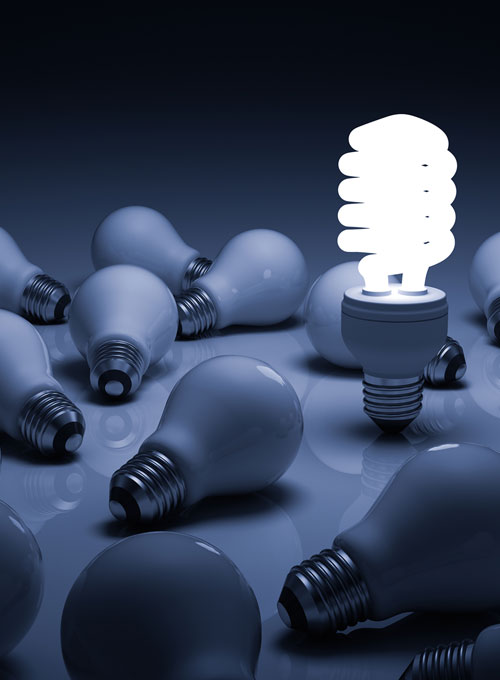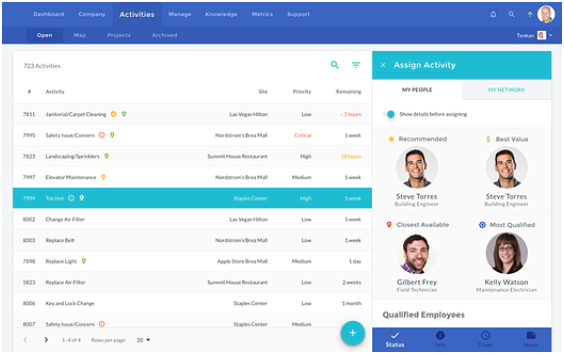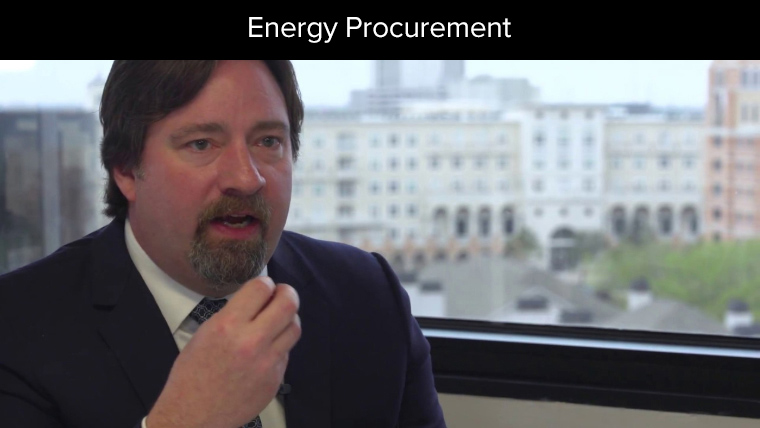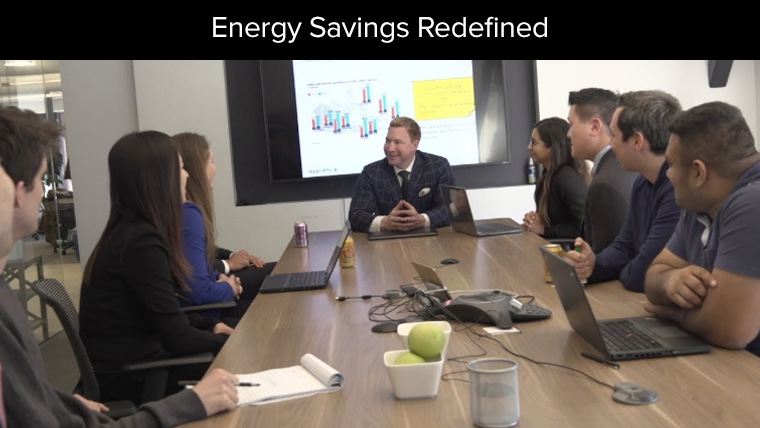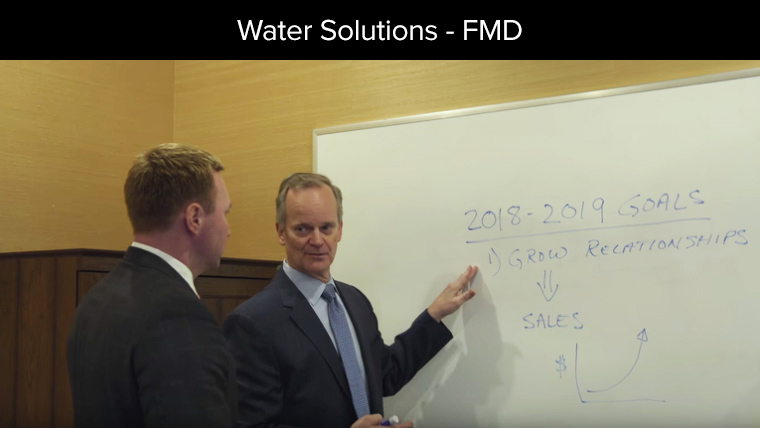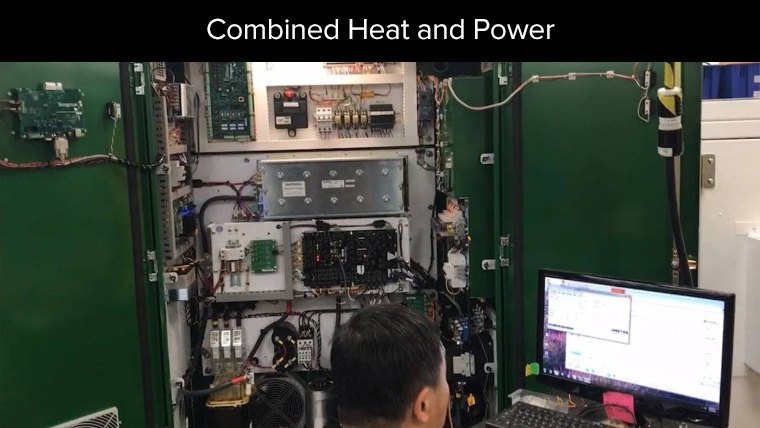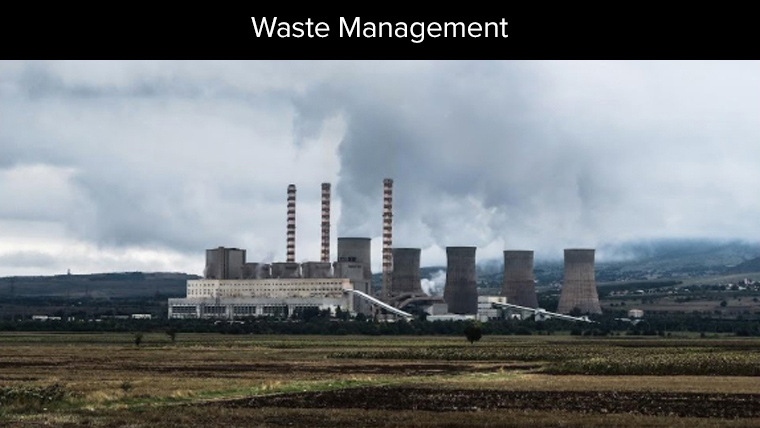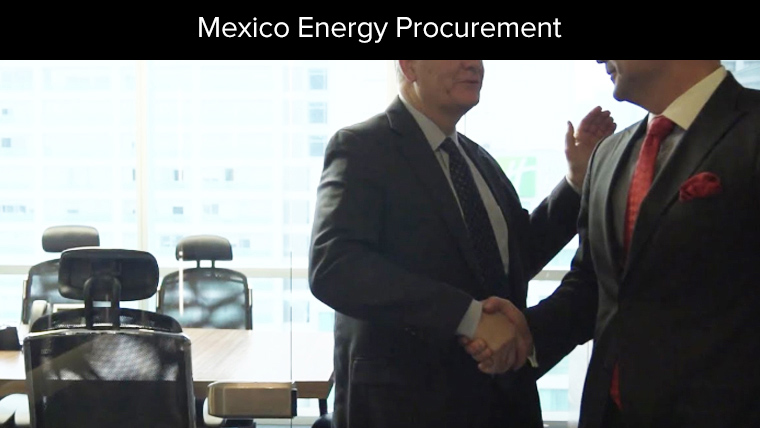Cogeneration (also known as Combined Heat and Power) overcomes this shortcoming by physically placing generation equipment (often an Internal Combustion Engine coupled to an alternator) within the end-user facility, creating a decentralized setup. While the mechanical efficiency of this generator is often no better than the traditional centralized setup, the thermal energy can easily be channeled into the building’s heating system, significantly reducing the fuel consumption of the on-site boiler plant.
This system setup can have an efficiency of 85% as demonstrated below, meaning that the end-user will be consuming a significantly lower quantity of energy with the resultant knock-on effect of reduced energy bills and a more environmentally friendly and sustainable building.


